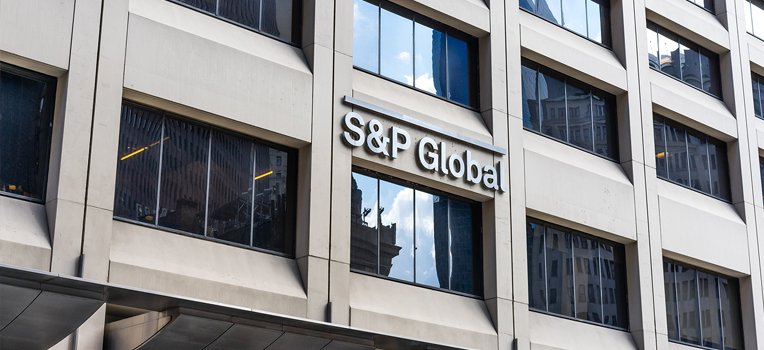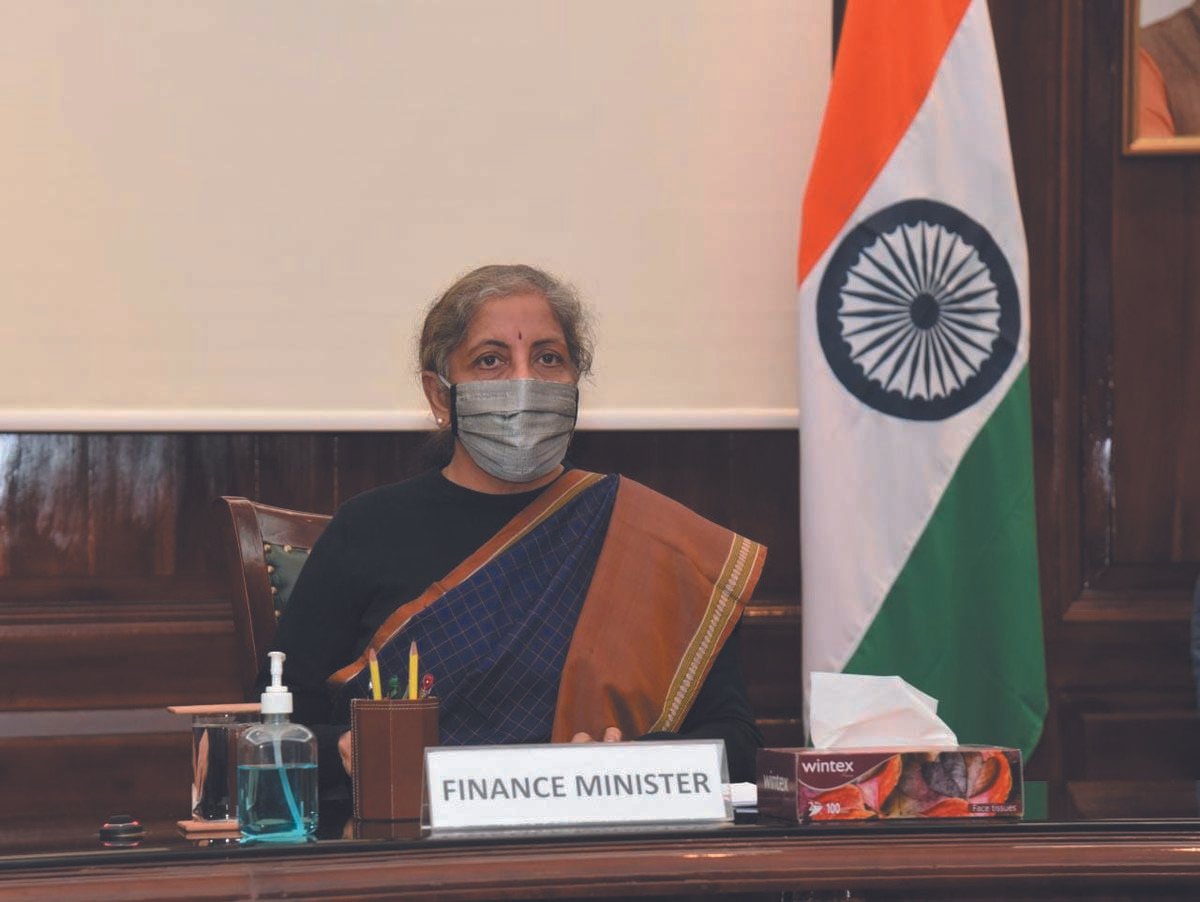ECONOMY
Pain for rupee will linger longer as US Fed remains focused on taming inflation
- IBJ Bureau
- Oct 02, 2022

The rupee plunged to a record low of 81.94 against the dollar last month. The Indian currency has slid by almost 9 per cent against the greenback in the nine months of 2022. The other major currencies have fared worse than the rupee against the dollar during this period.
A better way of understanding the problem of depreciating currencies is to view it as a case of robust strengthening of the dollar. The US Dollar Index, which measures the strength of the American currency against a basket of other major currencies, hit a new high of 114.68 last month. The yield on the US 10-year Treasury touched a high of 4 per cent last month – a level not seen since 2010.
The Federal Reserve System (US Fed) hiked the benchmark Federal Funds Rate by 25 basis points this March – the first time in three years. Since then, the US central bank has continued with its ultra-hawkish rate hikes. The US Fed and central banks of other developed countries have been tightening their monetary policies and raising their policy rates to curb runaway inflation.
Generous stimulus packages during COVID-19, post-pandemic demand surge and severe supply shortage amid supply chain disruptions led to a sharp rise in prices since last August. The Russian invasion of Ukraine in February further added fuel to fire. The rise in interest rates in the US after many years of near-zero rates has turned the dollar and the US Treasury the most precious commodities in the world. Investors across the world are rushing to the US and lapping up dollars, making the US currency both an attractive investment option as well as the safest haven in troubled times.
This rise of the dollar has come at a heavy price for other currencies, and emerging markets, including India, have had to bear the brunt. The Reserve Bank of India (RBI) and central banks of other emerging-market economies are doing the tough balancing act of bringing stability to their respective currencies amid unprecedented volatility. They are raising their respective policy rates to tackle inflation. But another compelling reason for them to hike rates is to ensure that their markets remain attractive to foreign investors, who are rushing to the US, lured by the strengthening dollar and surging bond yields. A large-scale exit by foreign investors will further weaken their currencies. At the same time, central banks must ensure that the rate hikes do not end up smothering economic growth.
A weak rupee usually tends to help exporters by facilitating higher export earnings. However, a weak rupee may have limited gains in the current situation amid sagging demand as most developed economies are staring at a recession. A weak rupee, on the other hand, will turn imported goods and services – especially vital energy sources and raw materials – costlier, push up the import bill and lead to import of inflation into the country.
India is among a growing list of countries that are intervening in the foreign exchange (forex) market to prevent further weakening of their currencies against the dollar. This is clearly evident in the RBI’s depleted forex reserves, which have shrunk by more than $96 billion to a little over $537 billion this year.
So, how long will the pain last? Is the rupee’s value of over 80 to a dollar the new normal? The US Fed remains squarely focused on taming inflation. The US central bank’s projections show the Federal Funds Rate peaking at 4.35-4.60 per cent next year from the current level of 3-3.25 per cent. Until then, the RBI will have to scour its armoury to defend the rupee from falling further.





















Report By
View Reporter News